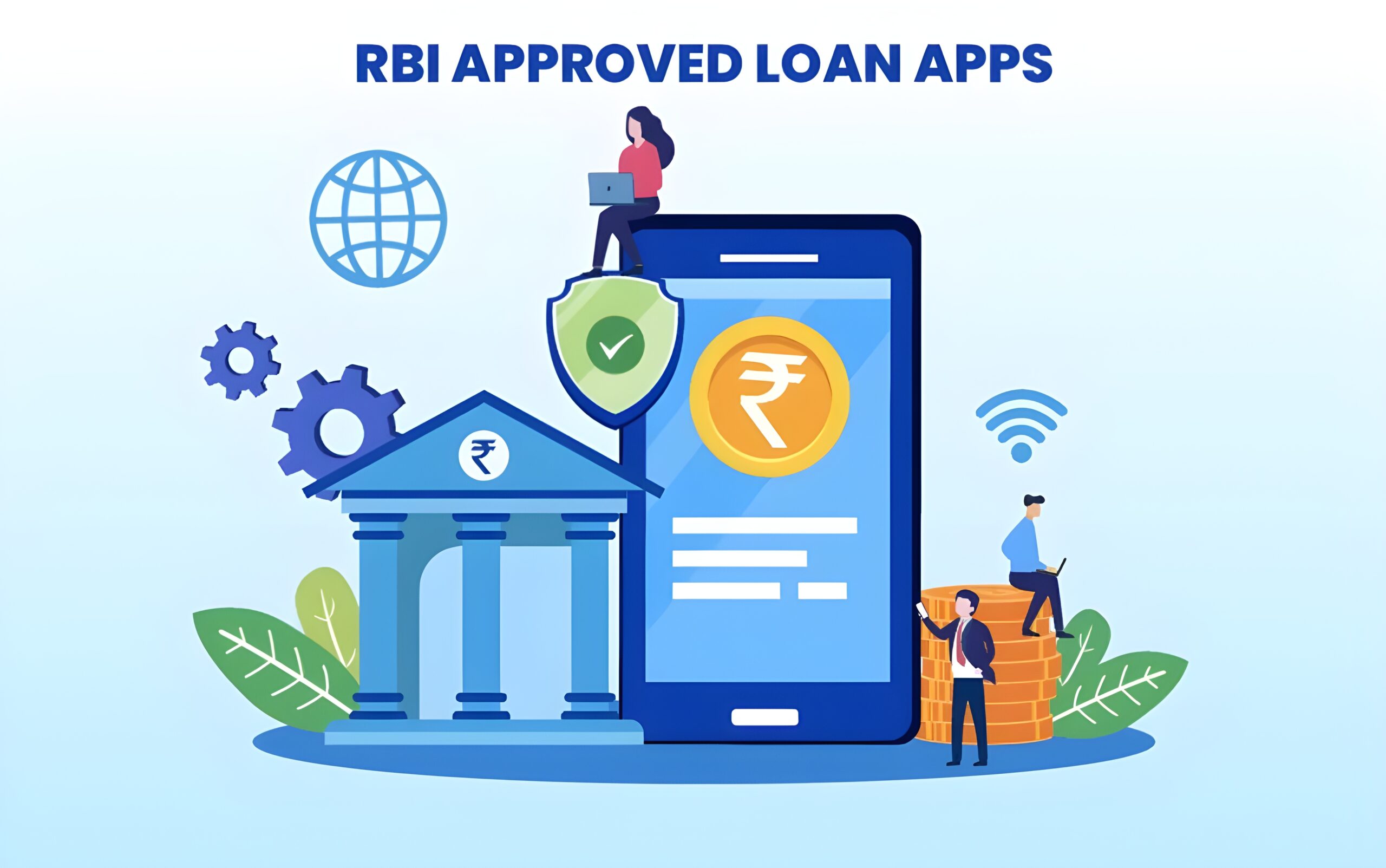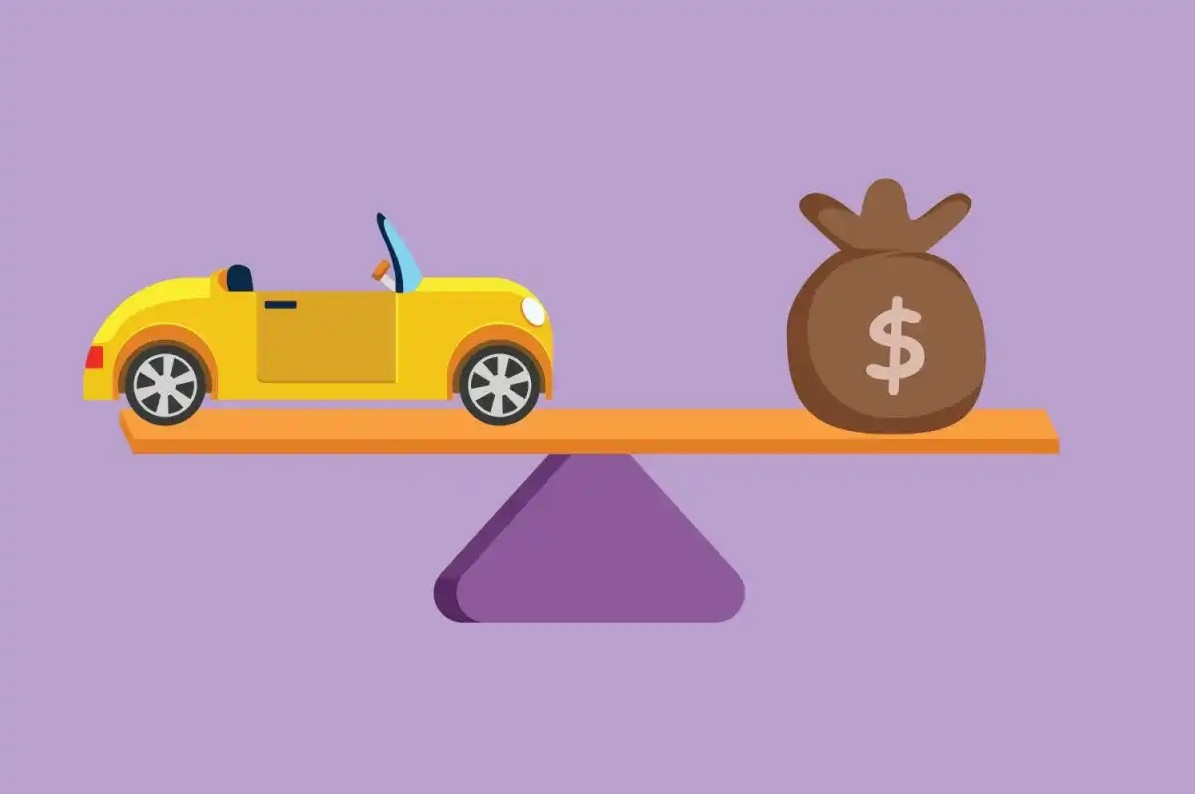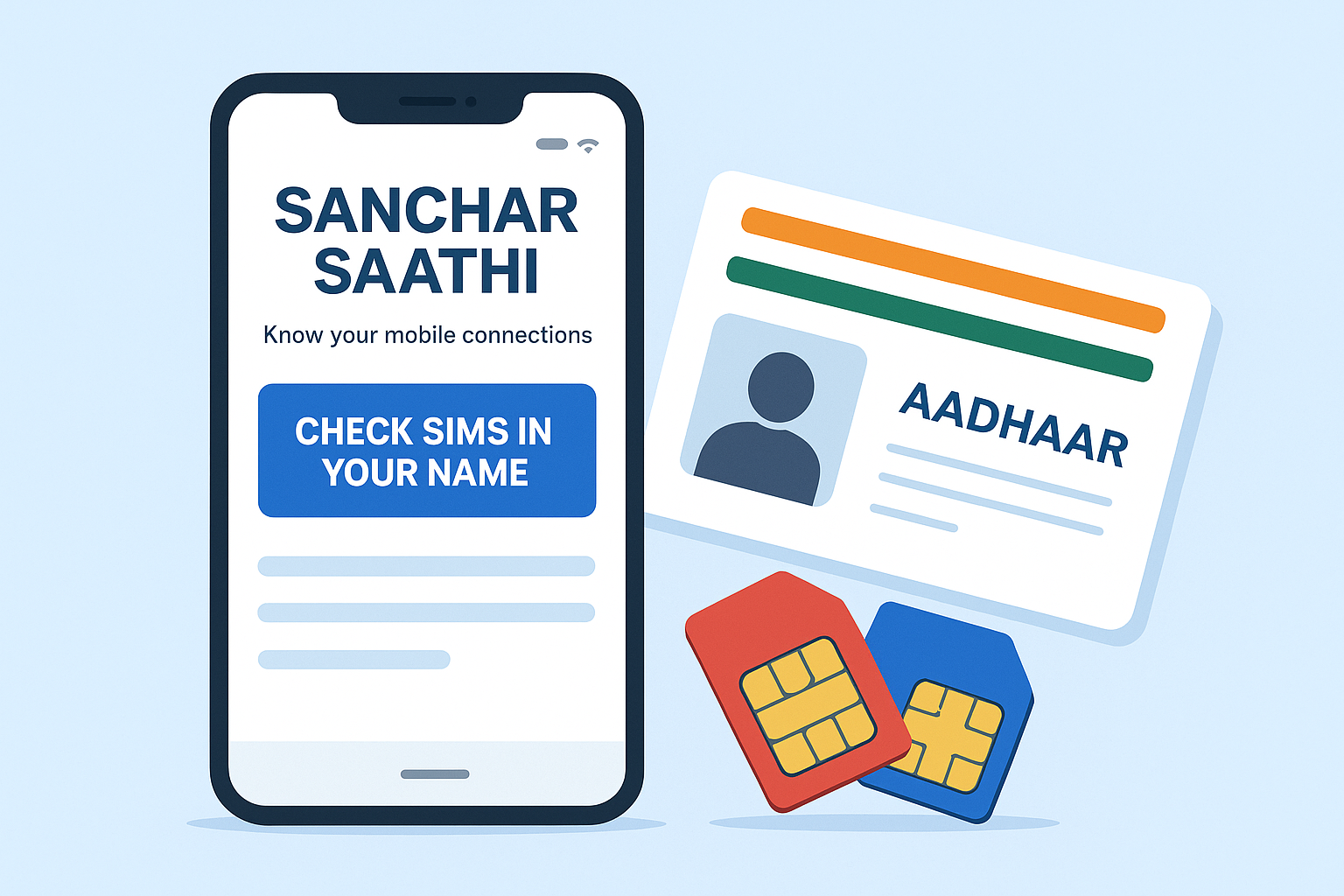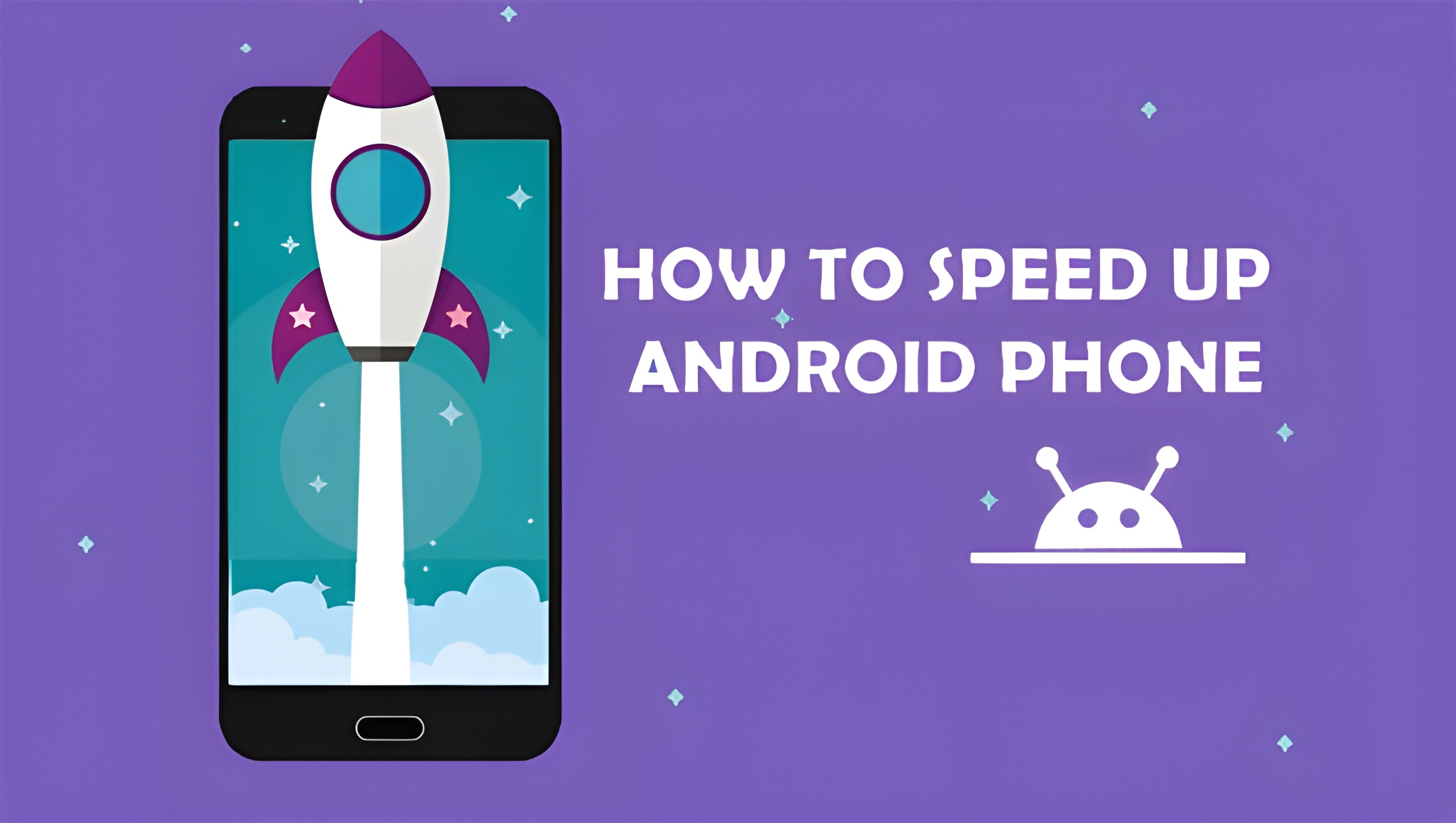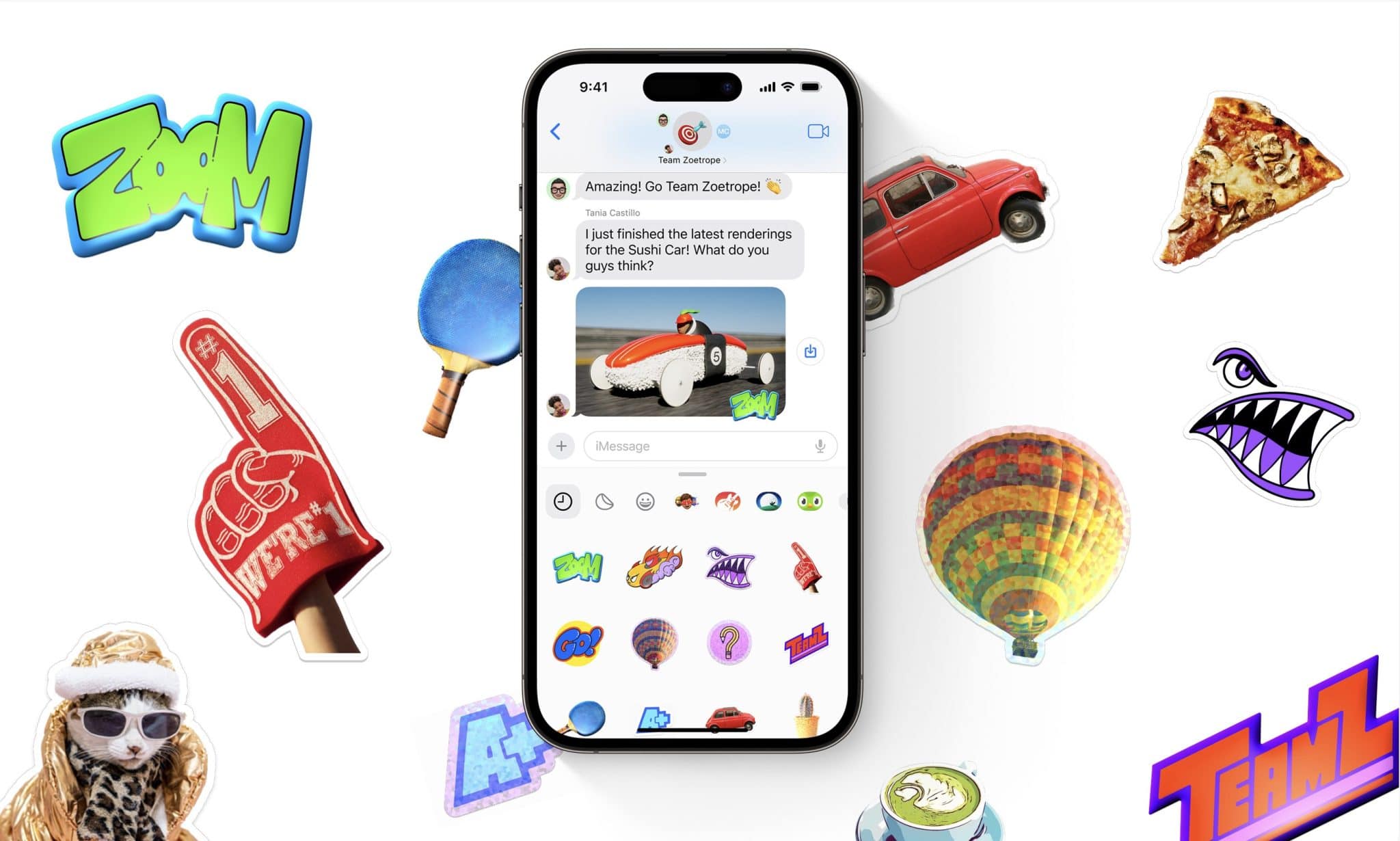Loan apps have transformed how people access credit fast approvals, minimal paperwork, and cash in your bank within hours. Whether you need short-term emergency cash or a small personal loan, loan apps offer an easy, app-first route. But with convenience comes complexity: interest rates, hidden fees, data sharing, and regulatory changes.
What are loan apps?
Loan apps are mobile applications (or web portals) that let users apply for and receive loans entirely online. Behind the interface, these apps typically partner with banks or non-banking financial companies (NBFCs) to underwrite, disburse, and service loans. The complete life cycle from application to disbursal and repayment is automated using digital KYC, bank data, credit bureau scores, and algorithmic credit models. This automation is what makes many loan apps able to approve small loans in minutes.
Read More : What is Auto Equity Loan : How it Works
How Loan Apps Work
1. Download & register
Install the app, register with your phone number, and complete KYC (Aadhaar, PAN, or other IDs in India).
2. Soft credit check
Many loan apps run a soft credit check that doesn’t affect your credit score to pre-approve offers.
3. Document & bank verification
Apps typically use eKYC, micro-deposits, or account aggregation (with consent) to verify income and bank statements.
4. Offer & acceptance
You receive loan terms (amount, tenure, interest rate, fees). Accepting triggers a hard credit pull and final underwriting.
5. Disbursal & repayment
Money is credited to your bank account or UPI ID; EMIs or scheduled deductions begin. Auto-debit with reminders is common. These operational steps follow the RBI’s digital lending framework and disclosure requirements for regulated entities.
Top loan apps in India (2025)
| App / Provider | Typical loan amount | Interest rate (approx.) | Turnaround time | Best for |
|---|---|---|---|---|
| IDFC First / Bank apps | ₹10k – ₹10 Lakh | 9.99% p.a. onwards | Same day/hours | Lower rates, salaried |
| Bajaj Finserv | ₹10k – ₹55 Lakh | 10%–31% p.a. | Hours–1 day | Larger loans & EMI cards |
| MoneyView | ₹5k – ₹10 Lakh | 14% p.a. onwards | Minutes–hours | Small to mid personal loans |
| CASHe | ₹1k – ₹3 Lakh | Varied, short tenure | Minutes–hours | Short-term instant loans |
| LazyPay (BNPL) | Micro credit / BNPL | Short-term / high | Instant | BNPL & small credit lines |
Why use loan apps? Quick benefits
- Speed: Many apps disburse within hours for small loans.
- Accessibility: Useful for salaried, gig, and self-employed borrowers who need quick cash.
- Convenience: Apply from anywhere; less paperwork than traditional loans.
- Product variety: Instant micro-loans, personal loans, Buy Now Pay Later (BNPL).

Interest rates, fees & what to watch for
Interest rates on loan apps depend on the product, tenure, and borrower credit score. As of 2025, personal loan rates from regulated banks start from around 9.99% p.a., while NBFC/FinTech instant loans can be higher (often 14% p.a. and above for micro-loans). Processing fees, GST, and late-payment penalties significantly increase the cost always read the full repayment schedule before accepting an offer. Major banks’ rate ranges and fintech product rates are publicly reported and updated regularly.
Example calculation (simple):
If you borrow ₹50,000 at 15% p.a. for 12 months (EMI), the total interest paid will be roughly ₹4,000–₹5,000 depending on exact amortization and fees. Use the app’s EMI schedule to see exact numbers.
Read More : How to Make Your Android Phone Faster
Are loan apps safe and regulated?
Short answer: many are, if they are operated by RBI-regulated banks or NBFCs and follow the RBI’s digital lending rules. Since 2022–2024 the RBI introduced several digital lending guidelines (and updates), requiring transparency in interest and fees, consent for data, and prohibition of coercive recovery tactics. In 2025, the RBI has been consolidating digital lending directions to better regulate the expanding ecosystem. Always check whether an app mentions a regulated lender (bank/NBFC) and displays full pricing and grievance redressal details.
Loan Apps vs. Traditional Bank Loans
| Feature | Loan apps | Traditional banks |
|---|---|---|
| Speed | Fast (minutes–hours) | Slower (days–weeks) |
| Paperwork | Minimal, digital | More, branch visits |
| Interest | Can be higher for instant offers | Often lower for good credit |
| Transparency | Variable — check app | Generally clearer pricing |
| Regulation | Many regulated; some shadow lenders exist | Regulated & established grievance channels |
Common loan app products
- Instant personal loans: Small-ticket loans for emergencies.
- BNPL (Buy Now Pay Later): Purchase now, pay later in installments.
- Salary advance / cash credit: Short-term advances against future salary.
- Line of credit: Revolving credit with flexible withdrawals.
Pros and cons of loan apps
Pros
- Fast approvals and disbursal.
- Minimal paperwork and remote process.
- Useful for micro and emergency credit.
- Some apps integrate budgeting tools and repayment reminders.
Cons
- Higher rates/fees for some providers.
- Risk of predatory practices by unregulated players.
- Over-borrowing temptation due to easy access.
- Data privacy concerns apps may request extensive permissions.

Red flags: How to spot risky loan apps?
- App refuses to disclose full interest/fees upfront.
- Aggressive recovery threats or contact list uploads without consent.
- Lender claims “no credit check” but asks for large up-front payments.
- App is not linked to a regulated bank/NBFC or lacks grievance channels.
If you see these signs, avoid the app and report it to consumer protection forums or the RBI grievance portal.
Real-life example (mini case study)
Ravi (fictional) needed ₹25,000 for urgent medical bills. He used an app offering instant micro-loans with a transparent 30-day product: ₹25,000 disbursed within 3 hours, 1.5% monthly fee (effective APR ~18%). Ravi read the repayment schedule, set an auto-debit on payday, and repaid on time cost was higher than a bank personal loan but solved the emergency. Lesson: small, short-term credit from loan apps can be right for emergencies if you compare cost and schedule.
Read More : Can iPhones Get Viruses?
Smart borrowing checklist for loan apps
- Confirm the app lists a regulated lender (bank/NBFC).
- Compare APR (not just monthly rate) and total repayment.
- Check processing fees, GST, and late-payment penalties.
- Read terms on data sharing, auto-debits, and prepayment charges.
- Use auto-pay with caution and monitor bank statements.
Top 5 tips to lower loan cost
- Improve your credit score (timely payments, lower credit utilization).
- Opt for slightly longer tenure only if monthly cashflow is tight (but know longer tenure = higher total interest).
- Negotiate or choose offers from established banks when possible.
- Pay off short-term expensive loans early if prepayment penalties are low.
- Avoid multiple simultaneous loan pulls each hard inquiry can affect your score.
Frequently Asked Questions
Q1: Are loan apps legal in India?
A1: Yes, if operated by or in partnership with RBI-regulated banks or NBFCs and compliant with RBI digital lending guidelines. Check app disclosures and registered lender details.
Q2: Do loan apps affect my credit score?
A2: A soft check typically doesn’t. A hard credit inquiry (after acceptance) and missed payments can lower your score. Use responsibly.
Q3: How fast can I get money from a loan app?
A3: Many loan apps disburse within minutes to a few hours for small loans; bigger loans may take longer.
Q4: What interest rates should I expect?
A4: Bank personal loans in 2025 often start near 9.99% p.a.; fintech/NBFC instant loans vary more and can be 14% p.a. or higher depending on risk and tenure. Always check APR.
Q5: How do I complain if an app misbehaves?
A5: Use the app’s grievance/redressal channel first. If unresolved, escalate to the lender, then to the RBI Ombudsman or consumer forum. Keep screenshots and records.
Read More : Axis Direct Mobile App: Guide for Beginners
Conclusion
Loan apps are a powerful financial tool in 2025 convenient, fast, and often lifesaving for short-term needs. But convenience needs to be balanced with due diligence: check regulated status, compare APRs, read repayment schedules, and avoid over-borrowing. Use loan apps as part of a disciplined financial plan they’re best for emergencies and short-term cash needs, not routine spending. With RBI’s evolving digital lending rules, transparency is improving; your job as a borrower is to read the fine print and choose wisely.
